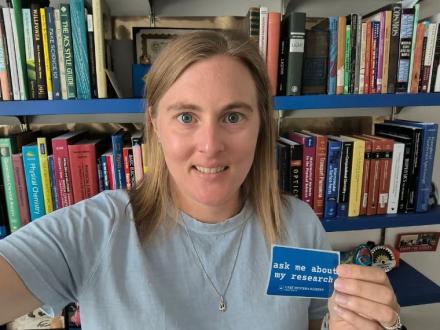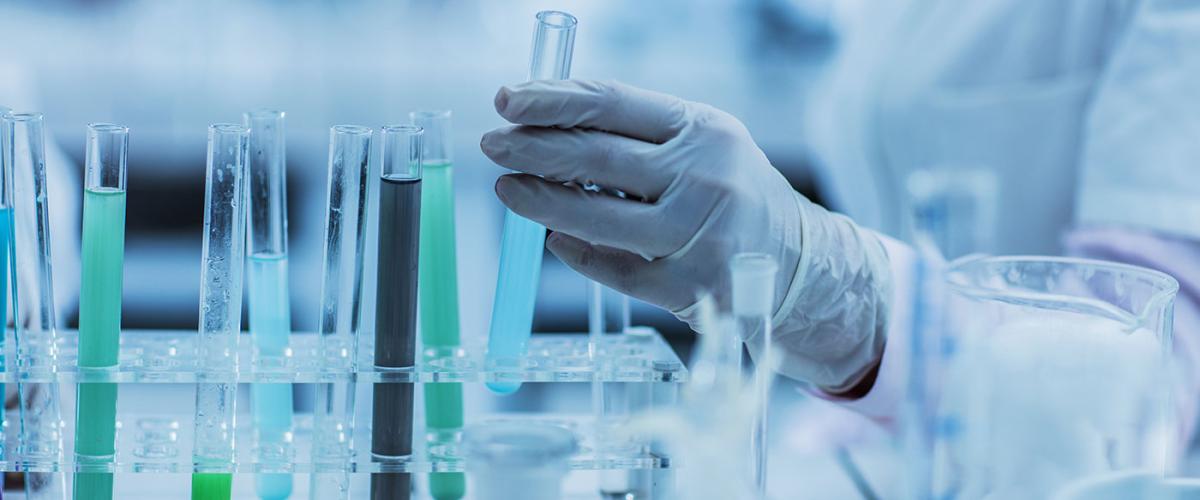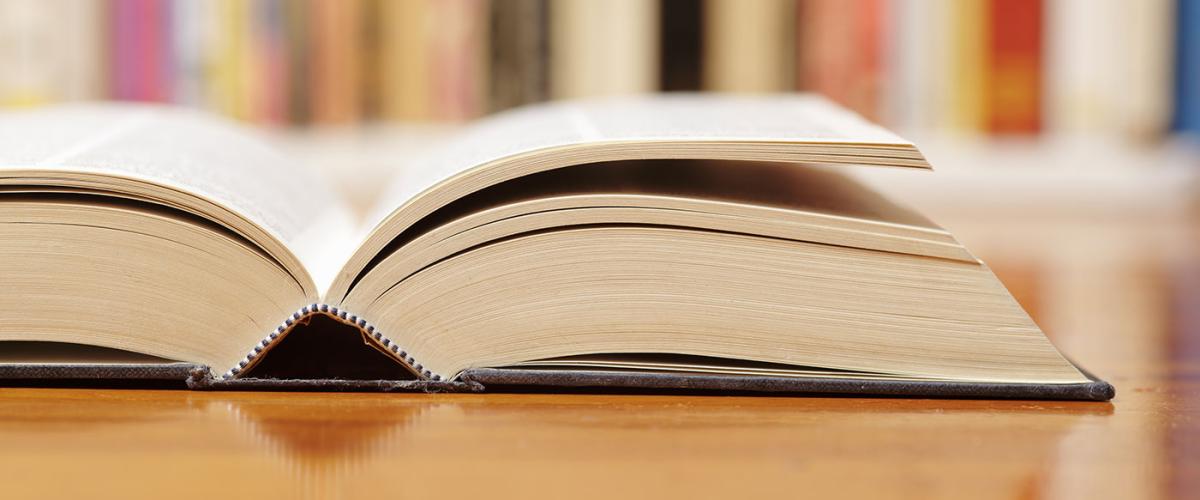
Meet a researcher developing new approaches to examining materials
Ambrose Swasey Associate Professor, Departments of Physics and Chemistry
Area of Focus: Microscopy and materials science—finding new ways to examine things at a small scale to fundamentally understand them.
Lydia Kisley is eager for an opportunity to talk about her research, even if it’s just for a few seconds to explain her work with a clever summary: “I build microscopes and play around with lasers.”
Given more time, she can tell you about her project looking at the corrosion process and ways to change the surface of materials with lasers.
“I think it’s important that people realize science isn’t just these abstract concepts in textbooks,” she said. “Science is human, and humans are doing the science.”
Long interested in science, Kisley was drawn to microscopy while doing research as an undergraduate student.
Now the Ambrose Swasey Associate Professor in the Departments of Physics and Chemistry, Kisley and her team are working with Laura Bruckman Department of Materials Science and Engineering to test the corrosion of 3D-printed metals compared to metal that is machined or cast.
She started her research lab at Case Western Reserve for not only this collaborative environment, but also the support for new ideas and the flexibility and independence to pursue them.
She’s currently developing a new technique to examine materials under a microscope if the molecules are too close together to be seen. In what would be brand new microscopy technology, the approach involves “stretching” the material and then back calculating to where it originally was.
“We’re applying that to more biological questions,” Kisley said. “We’re stretching cells to get higher resolutions. Kind of like silly putty.”
Want to know more? Ask her about it. Kisley designed and printed stacks of stickers that read “Ask Me About My Research.” She’s shared them with colleagues and students in the hopes of sparking more conversations that connect science to people’s everyday lives.
Kisley said people may not realize that the technology in their phones or the improved lifetime for their cars (which could come from her rust research) are the real result of research happening at CWRU, conducted by scientists who are their friends, neighbors and community members.
“There’s people around them, there’s people in the city, there’s people in the state, the whole country, that come here to do this science, and that’s how they make their living,” Kisley said. “We care about just making the world a better place.”




